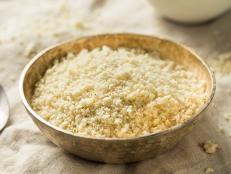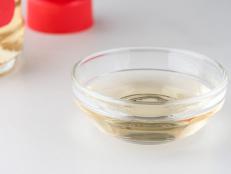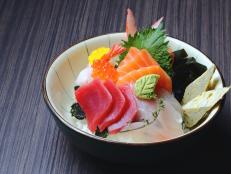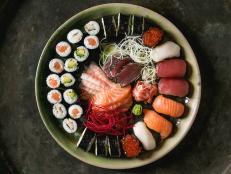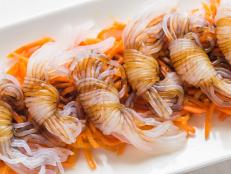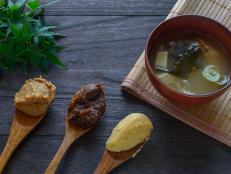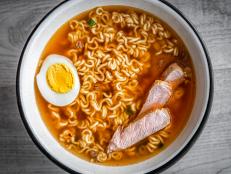What Is Imitation Crab (“Kani”)?
We dive into what's in imitation crab, how it's made and how to use it.
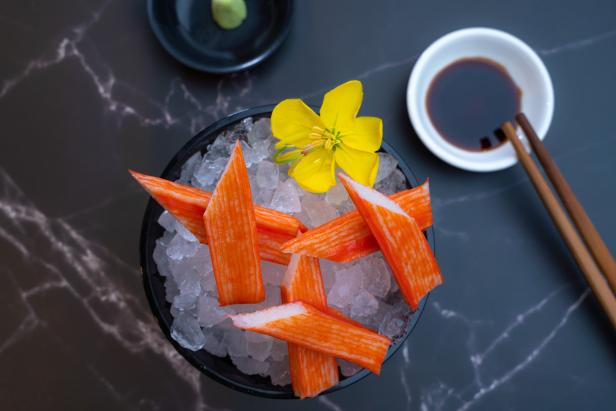
SasinT Gallery/Getty Images

You may recognize imitation crab as a key ingredient in California sushi rolls or know it as kanikama in Japanese cuisine. But what exactly is it? For more info we consulted Jane Matsumoto, Director of Culinary Arts at The Japanese American Cultural & Community Center (JACCC).
What Is Imitation Crab?
Imitation crab is a processed product made from a pulverized paste of white fish that is flavored to taste like crab. Imitation crab is also dyed orange on its exterior to resemble cooked fresh crab meat.

Nopadol Uengbunchoo/Getty Images
What Is Kani?
Kani means crab in Japanese. “Japanese have historically eaten snow crab caught in the Sea of Japan. The season goes from November to March,” Matsumoto says. “Fresh kani (crab) has been caught and used as an ingredient for sushi rolls as well as found in nabe or hot pot dishes, either as an accompaniment with other seafood, or simply steamed and eaten by itself.”
In Japan, imitation crab meat is referred to as kanikama. In the U.S., it is often referred to simply as kani. Imitation crab is a key ingredient in California sushi rolls, along with avocado and cucumber, and is used as a crab substitute in Japanese cuisine.

Photology1971/Getty Images
What Is In Fake Crab Meat?
Fake crab meat is made from surimi which is a pulverized paste of haddock, starch, flour, salt and egg whites. Fake crab meat is also dyed orange on the exterior to resemble crab. “Surimi is found in similar Japanese products like kamaboko (steamed fish cake on a wooden board) or other versions of fish cake formed into rectangular and circular shapes and used for various side dishes,” Matsumoto says. “Kanikama is similarly made by this surimi but instead of in loaves, they are made into circular sticks that are stringy to allow shredding of the 'crab meat.' They are similar in size to string cheese.”
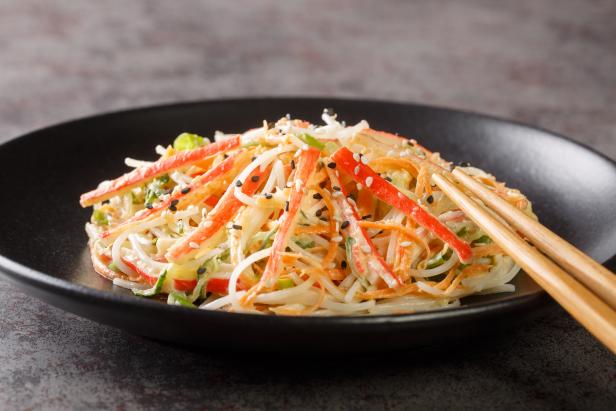
ALLEKO/Getty Images
Cooking with Imitation Crab
Sushi: Make a California sushi roll by layering avocado, cucumber and imitation crab sticks with rice and seaweed. Or chop up the imitation crab and mix it with mayo and chili to make a mock crab salad to add to a roll or to anchor chirashi sushi, like these California Roll Bowls.
Salad: Imitation crab can be made into a Kani Salad, in which the crab is shredded and mixed with julienned carrots, cucumbers and mayo and tossed in a mayo-rice-wine-vinegar based dressing. Kani can also be used as a topping for salads.
Chips & Dip: Imitation crab can also be chopped and mixed into baked crab dip and pulled apart and fried into crackers, as with this Crab Stick Crackers with Crab Dip recipe.
Crab Roll: Riff on classic Cape Cod lobster rolls by folding in imitation crab, as with these Lemony "Crab" Rolls with Mesclun Salad and Old Bay Potato Chips.
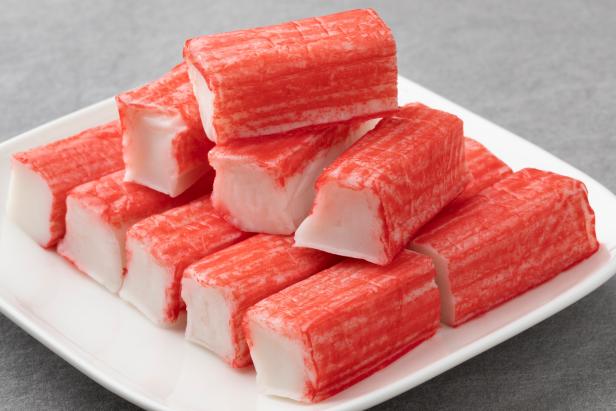
PicturePartners/Getty Images
Is Imitation Crab Good for You?
Imitation crab is a processed food with limited nutritional value. “Imitation crab is not something nutritionally valuable; it’s not a whole food and has been processed as a substitute for fresh crab,” Matsumoto says. “Although processed with salt and starch and artificial flavoring, it is not something one consumes in large volume, so unless you are specifically precluded from eating processed fish, it is not necessarily bad for health as long as its enjoyed in reasonable quantities.”
How Is Imitation Crab Meat Made?
Imitation crab is made by processing white fish, starch, flour, salt, egg whites and flavoring into a paste and then steaming it into shapes such as rounds or sticks. The exterior is dyed orange to resemble cooked fresh crab.
Related Links:
























